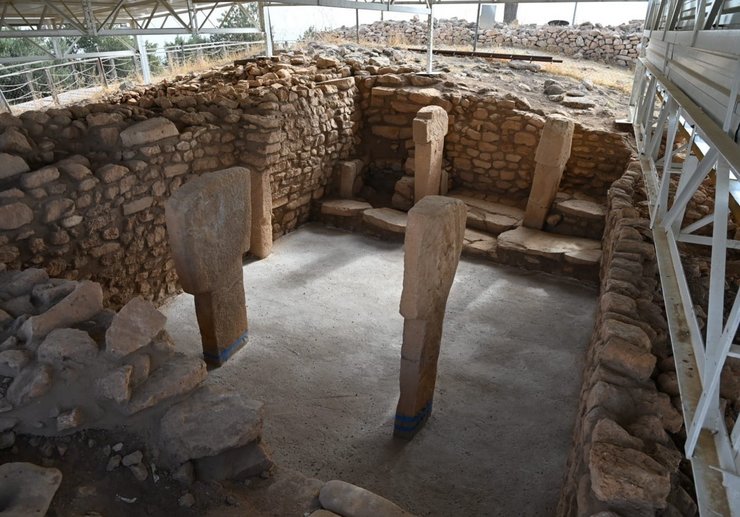A Milestone for Cultural Heritage Preservation in Southeast Turkey

„Leopardenpfeilergebäude“ nach Beendigung der denkmlapflegerischen Konsolidierung © DAI, Istanbul // Benny Waszk
At the UNESCO World Heritage Site Göbekli Tepe, located in the region of Şanlıurfa/Türkiye, current archaeological fieldwork - in the frame of the Göbekli Tepe Project, a cooperation between Istanbul University and the German Archaeological Institute, Istanbul Department - has seen the completion of significant conservation and consolidation measures in the so-called "Leopard Pillar Building" (Room 38). The building, which was constructed during the Aceramic Neolithic B, some 10.000 years ago, and has several construction phases, is located on the hilltop of Göbekli Tepe, not far from the famous "Wish Tree". Originally excavated in 1997, first provisional safety measures, including the repair and reinstatement of broken T-pillars, were carried out following the initial excavation. Subsequent exposure to the local harsh weather conditions over a period of 25 years made new conservation measures now necessary to ensure the future preservation of the structure.
Two years ago, the protective roof over the corresponding excavation areas was renovated and the recent conservation work carefully planned. As the masonry joints had been severely eroded by the wind, the stability of the Neolithic walls had become seriously compromised. The masonry was repointed with an earth mortar made from recycled Neolithic earth material without modern additives.
In the course of the measure, two T-pillars that had since collapsed were also reinstated and the bench at the eastern end of the building reconstructed from its original parts. To protect the Neolithic lime plaster floor, a reversible, multi-layer protective layer of sieved Neolithic fine sediment, geotextile, sieved gravel from the excavation spoil, and a lime plaster (modelled on the Neolithic floor) was applied.
The Neolithic site of Göbekli Tepe has been a UNESCO World Heritage Site since 2018. Excavations were initiated in 1995 by the German Archaeological Institute in cooperation with the Şanlıurfa Museum. Since 2020, this cooperation has continued with the University of Istanbul under the direction of Prof. Dr. Necmi Karul on behalf of the Ministry of Culture and Tourism of Turkey. The ongoing scientific work and conservation measures undertaken by the German Archaeological Institute, Istanbul Department is coordinated by Dr. Lee Clare and is funded by the German Research Foundation (DFG) as a long-term project. This year's conservation measures have been carried out thanks to the financial support of cultural preservation funds from the Federal Foreign Office of the Federal Republic of Germany and the Building Monuments Committee of the German Archaeological Institute.
Parallel to the work on the “Leopard Pillar Building”, urgently needed conservation measures have also begun on other buildings. This work also serves to introduce young Turkish colleagues to conservation techniques in order to create sustainable skills for the protection of cultural heritage by future generations. The combination of cultural conservation with social objectives is a sustainable model for the future of World Heritage Sites such as Göbekli Tepe and is a strategy pursued by the German Archaeological Institute on a worldwide scale.
Kontakt
Dr. phil.
Lee Clare
, Referent für Prähistorische Archäologie / Göbekli Tepe / IT und Forschungsdatenmanagement
Lee.Clare@dainst.de
Dr.-Ing.
Moritz Kinzel
, Stellvertretende Leitung Abteilung Istanbul
Moritz.Kinzel@dainst.de
DAI Pressestelle
Podbielskiallee 69
14195 Berlin
Tel.: +49 (0)30 187711-120
Mail: presse@dainst.de




